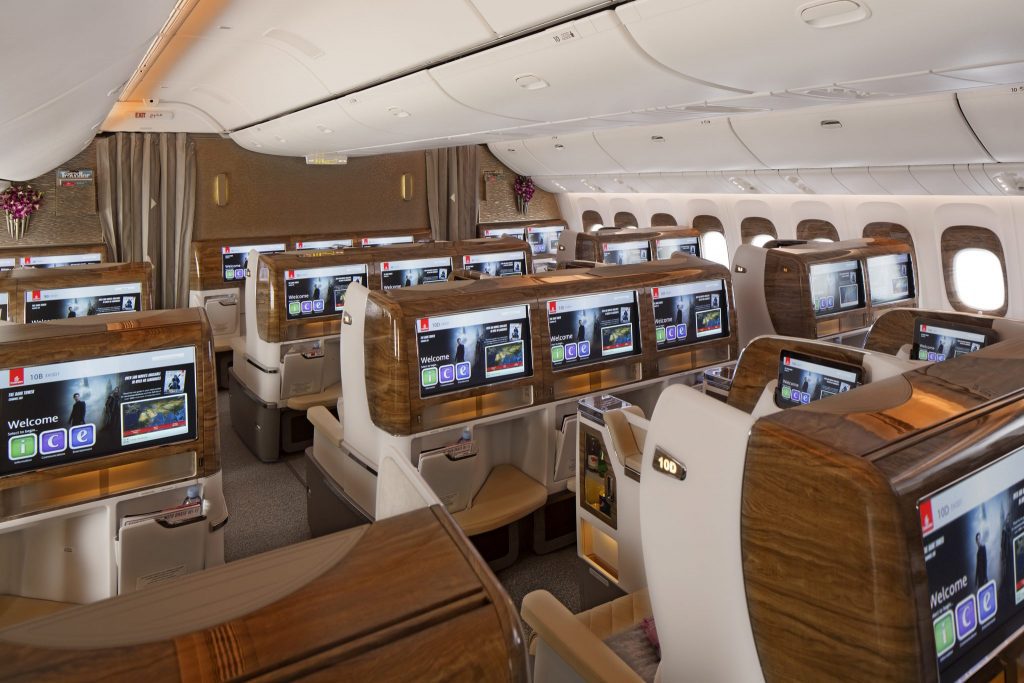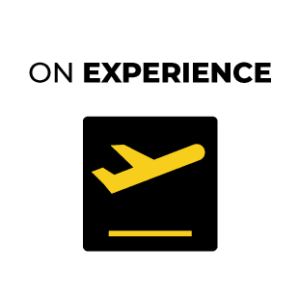Emirates: The Media Company That Happens to Fly Jets Too

Skift Take

On Experience
Colin Nagy is a marketing strategist and writes on customer-centric experiences and innovation across the luxury sector, hotels, aviation, and beyond. You can read all of his writing here.We tend to think of media companies as the things we sit down with after work, or the brands bringing us blockbusters at the cinema. But one of the most unexpected media companies also is in the business of slinging Airbus A380s around the globe.
Emirates, the Dubai-based carrier, has one of the most sophisticated approaches to buying media and providing entertainment for passengers traversing the world.
The customer experience makes almost every other experience in the sky look anemic by comparison. The strategy makes sense, as the airline is known for its long-haul routes, the ones on which you tend to read a book, sleep seven hours, and still have time to watch a series. They are, in many ways, Netflix, Spotify, and a TV station rolled into one with a captive audience.
Their latest version of the so-called IFE system, also known as ICE (information, communications, and entertainment) offers 3,500 channels of entertainment, and averages around 1,000 movies from around the world, hundreds of global TV channels, and also every conceivable genre of music. The airline has also been steadily rolling out podcasts like Radiolab and Freakonomics to suit the rise in their popularity, as well as even video games.
It’s a far cry from most normal carriers, where you will often be stuck watching the third episode of the second season of a show you’ve never seen before. The decision has been deliberate and driven by a passionate veteran of the airline: Patrick Brannelly, who serves as divisional vice president of customer experience at Emirates.
“We’re the main media channel for a lot of travelers,” Brannelly told me over a coffee in his office in Dubai, saying that many of the travelers flying on Emirates are busy executives moving from meeting to meeting, and their plane time is the time to catch up on some culture and relax.
While other airlines are cutting down or re-thinking the in-flight entertainment, Emirates is doubling down.
Brannelly asserted that the movement of “bring your own device” is not consumer friendly, but rather a way for airlines to cut down on cost (and the weight of IFE systems). The airline takes the opposite approach, investing heavily in media and licensing. “I want our guests to say I wish the flight were longer,” he said. "In addition to the usual suspects you’d expect to find in the air, there’s a tremendous amount of curation in other areas, like health and relaxation to help switch off the brain, documentaries," said Brannelly.
When you consider the average flight length and an average number of passengers flown per year, this adds up to thousands upon thousands of hours of attention minutes. Emirates aims to have more than anyone could ever want.
“It’s difficult to be accurate, but we can say that we have over 6,000 hours of content in the latest generation of ICE. That’s like eight months plus," said Brannelly. "You would have to fly from Dubai to L.A. every day for a year, use the IFE constantly and there’d still be things left over you haven’t seen, listened to, read or played.”
Expecting a Media Binge
The appeal, he said, is that he wants customers to get off the plane wanting more. Or even prepare for a media binge on their next flight. In a recent announcement, the airline also allows people to pre-select their wishlists in the Emirates app for media and movies they want to consume and sync them onboard on the plane.
"Overall big Hollywood titles are always ahead, network-wide," said Brannelly. That includes blockbusters like Mission Impossible, Black Panther, and Deadpool 2. Other high performing categories are Indian movies, not just Bollywood but the various regional language movies. "Classic movies get regular high traffic and for on-demand TV, comedy and drama are the biggest draws...High-end drama is also high on viewing, especially passengers binging on full seasons."
While the entertainment approach is radically consumer-centric, there’s a significant strategic and luxury-centric appeal for advertisers.
“These [premium] customers are impossible to reach through digital," said Brannelly. "We have half a million first class and business class passengers per month.” He asserts that the inventory is sold out for months ahead and that brands are doing specific ads for the airline, instead of running standard campaigns.
Brannelly mentioned that Emirates attracts global and local advertisers in various segments ranging from Atlantis hotel, Hilton, Bulgari, Hermes, Standard Chartered Bank, and Hyundai to more regional advertisers like Damac building developers, Dubai Parks and Resorts, and Visit Sharjah, closer to the airline’s hub in Dubai.
“Revenues of our advertising are up 26 percent, even as the market is down," said Brannelly. “We offer a 100 percent-known audience…It is the best attribution and data on an audience possible.” The reason for this is everything about a passenger is known, their name, nationality, birthday, down to what class of service they are flying. Thus, the brands that want to reach an audience while wrapped into the content the airline offers are much more successful.
Entertainment Appetite
The passion for experience extends outside of just what is on offer in the IFE system. Brannelly worked directly with the English audiophile brand Bowers & Wilkins to create noise-canceling headphones. The discerning and craft-obsessed British brand had to be convinced, but the result on offer for Emirates premium passengers is noise cancellation that is finely tuned to an audiophile level.
“We underlined our need for noise cancellation (required in our environment) and Bowers embraced it once they realized just how well they could work with it," said Brannelly. "It's one of the most successful elements of passenger experience for our customers."
When you notice the bustle at the Emirates check-in at Dubai airport, everyone is going somewhere and it's likely long haul. Some to visit families in their homelands, some to seal a business deal. When you assess the personal and human side of travel, it would seem the airline's significant investment in media is actually an investment in passenger comfort. When there's more to do, that Dubai to Los Angeles flight seemingly goes faster regardless of the class of service you're sitting in.
It comes down to a core human truth, said Brannelly. "The appetite for humans to be entertained is never going to wane."





